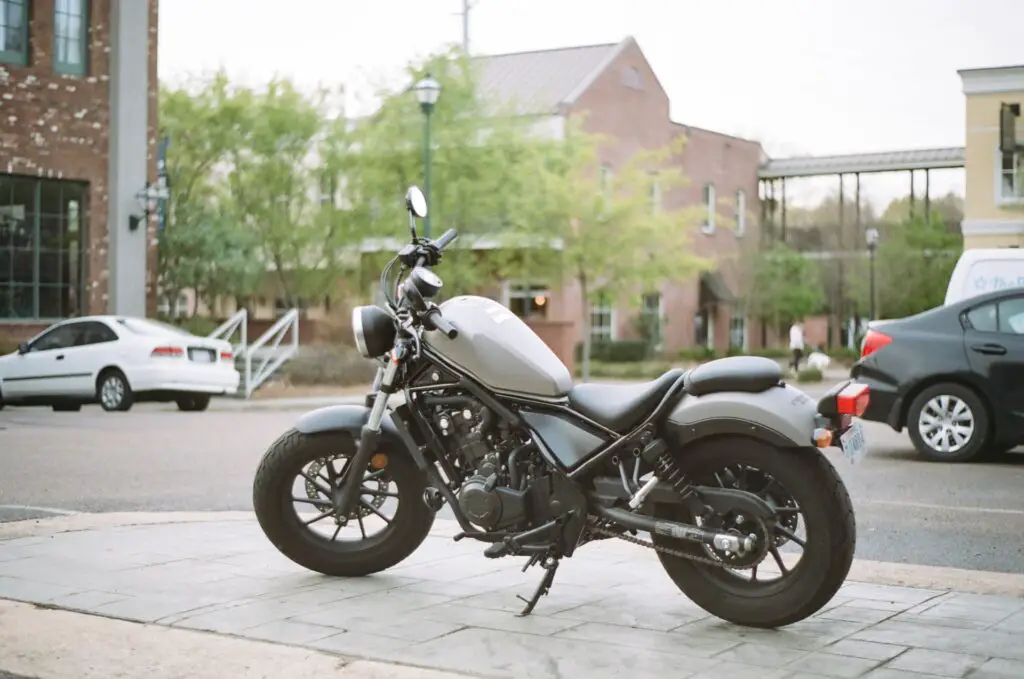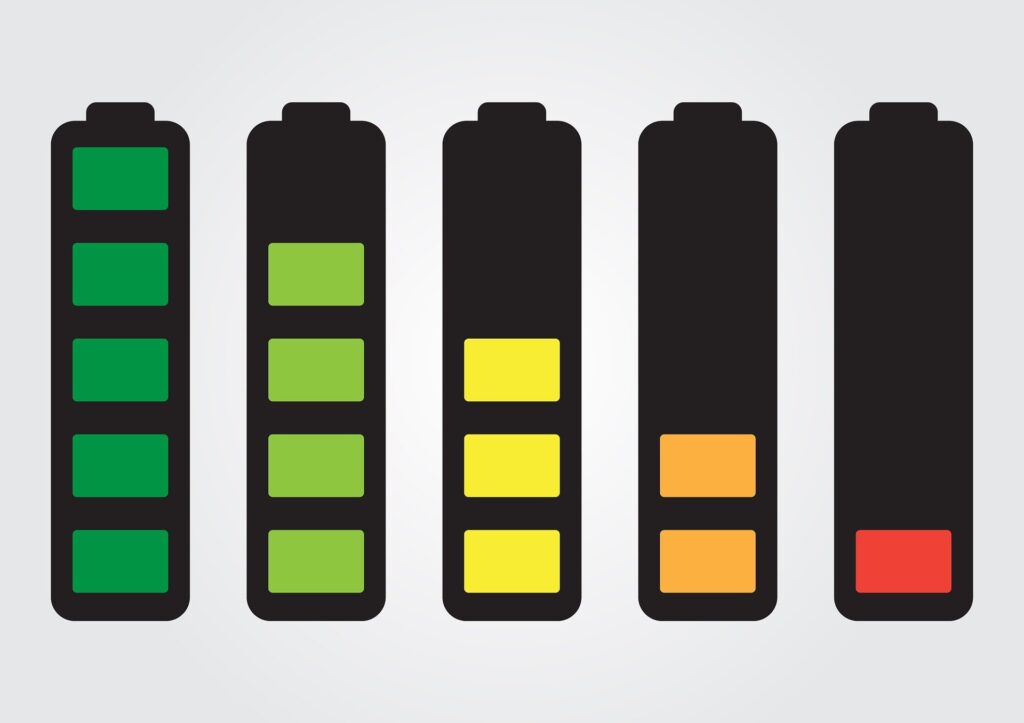Few things are as frustrating as going out to ride your motorcycle and discovering that the battery is flat. In some cases, a dead battery can be recharged, but eventually, you’ll need to purchase a new one. When that happens, it’s important to know what to expect and to know when you’ll be able to hop on the bike again.
Motorcycle batteries usually do not arrive fully charged. The battery will likely have a partial charge, up to 80%, but will need to be charged before use for maximum use. This can take anywhere between half an hour and ten hours depending on the battery and distributor.
Know that when purchasing a new battery, you should expect to spend some time charging before use. It’s good to plan for an overnight charge; just in case! Keep reading for advice on how to charge a battery and what to expect from your new, or old, motorcycle battery.

Will your motorcycle battery come charged?
The short answer is no. Of course, there are some companies that will provide fully charged batteries, though even these could lose some charge during shipping. It’s always best to start by charging your motorcycle battery to make sure it is operating at full capacity.
In many cases, installing a battery that is only charged to, say, 80% means that the battery will never operate about 80%. You’ll be getting minimal usage out of the battery and will wear it out sooner than if you start with a fully charged battery.
If you have a new battery and aren’t sure whether or not it has a charge, you can use a voltmeter to check. This will let you know if the battery is fully charged and can give you an idea of how long you’ll need to spend charging.
If you don’t have a battery tender or don’t want to deal with charging your motorcycle battery, many dealers will charge the battery for you before you pick it up. Keep in mind that if you want to go this route, you’ll need to contact them two days in advance so they have time to charge your new battery for you.
As far as how long it will take to charge your motorcycle battery before riding, the answer is: it depends. There are many types and brands of battery, and there’s no standard on how much charge the battery will come with. While some people get lucky and have a full charge in a matter of minutes, other batteries need to be charged overnight before use.
How long does a motorcycle battery last between charging?
Once you’ve charged your battery and installed it (more on that below), your battery should be good to go. A motorcycle battery lasts approximately three years.
There are several factors that go into how long a motorcycle battery can last. The best way to extend your battery life is to ride regularly, clean your bike and battery, and practice proper maintenance. This should give you three years before you need to purchase a new battery.
So, what are some things that will lower the battery life? One of the worst things you can do for your battery longevity is leave the bike unused for long periods of time. Motorcycles are meant to be ridden, so a motorcycle will suffer if left alone in a shed for months or even weeks on end.
Even if you are riding your motorcycle regularly, you should be taking short and long rides. Long, steady rides are great for your motorcycle battery and will make it last longer than if you only ever take the bike out for ten minutes at a time.
If you’re new to motorcycles, I do want to point out that motorcycle batteries often last less than car batteries and come with much shorter warranties. This is because there are so many factors that can affect the life of a motorcycle battery, such as the amount of use and length of rides.
Another thing that can affect battery life is cleanliness. If a battery gets excessively dirty, it might corrode faster and stop working. One way to combat this is to gently wipe down the battery after use, especially if you rode through dirt, dust, mud, or bad weather.

How do you charge a motorcycle battery?
I won’t go very in-depth on how to charge your motorcycle battery, since the specifics will vary a lot battery to battery. However, here are some tips for charging.
Whether you just purchased a new motorcycle battery or want to recharge a flat battery, the steps you take will depend on the battery you have. You’ll need to remove the battery, charge it with the correct charger, and then replace the charger. Look at the instructions or contact the manufacturer for the specific directions for charging your battery.
There are a few types of charger. Normal, float chargers, and smart chargers. Both float and smart chargers will turn off when they’re finished charging, which can be useful so you don’t need to stand watch while you charge. You do not want to overcharge your battery!
Although some people may try to charge the battery while it’s on the bike, this isn’t the best idea. It will be much easier to charge the battery once it has been removed. In addition, if anything goes wrong you don’t risk damaging the bike itself.
Once you’ve removed the battery, charge it in a well-ventilated area. Keep an eye on the charging process, even if you are using a smart charger. Charge the battery all the way to full before putting it back on the motorcycle.
It’s important to know before starting that you may not be able to save a flat battery. If your battery died because it was sitting in the cold unused through the winter, it may be able to be saved. However, if it’s already gone flat a few times, there’s a good chance it can’t be revived.
Are there different kinds of motorcycle battery?
I also won’t go very in depth here, since this section could easily become a scientific article. However, you should know that there are different types of motorcycle batteries. If you aren’t sure which type your motorcycle uses, check with your dealer or a mechanic to find out what kind of battery you need before purchasing one.
The most common battery used in motorcycles is a lead acid battery, also called a conventional battery. Many of these require little maintenance, though some need to be refilled regularly.
Other riders use Absorbed Glass Mat batteries, called AGM or sealed batteries. The positive and negative plates here are separated by the glass mat, which absorbs and separates the battery acid. These batteries don’t need to be monitored as much as wet batteries.
Finally, lithium-iron batteries are often used in racing motorcycles and not always as common in road bikes, though they are seeing more use now. Lithium batteries don’t do well in extreme temperatures, especially the cold. They are, however, lighter, which is one of the reasons they’re used by racers.
There are some other batteries as well, such as gel sealed batteries, but these are the main three you’ll see used. Since each battery is different, you’ll want to make sure you follow the instructions for your particular battery when it comes to charging, installing, and maintaining.
Motorcycle battery care
To recap, motorcycle batteries do not come fully charged. The first step when purchasing a battery will be to fully charge it. Then, once you’ve installed it, you’re good to ride. However, as you ride, here are some tips to help you provide the best care for your motorcycle battery.
If you have a lead-acid battery, find out what kind of maintenance it needs and talk to your mechanic about refilling in order to get the most from it.
After riding, use a dry cloth to wipe down the battery and remove any dust or dirt.
While cleaning, keep an eye out for evidence of corrosion. You don’t want to let it build up as it will shorten your battery life.
Most importantly, ride often and ride far. Your bike is meant to be on the road in movement, so don’t let it sit in storage for long periods of time.
